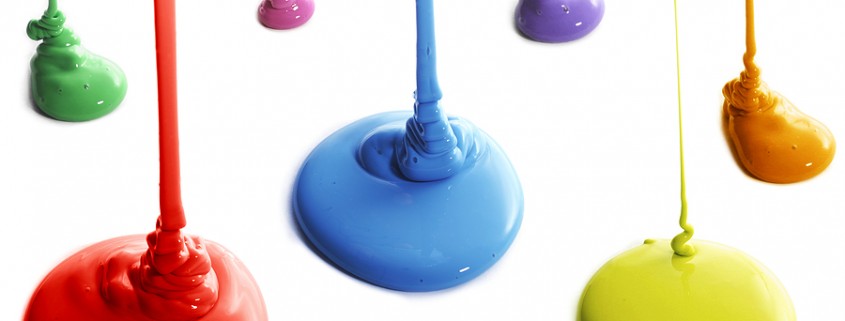Is There Really A Difference in Paint Quality?
When shopping for paint or hiring a professional, you have many details to consider. Like others, your primary focus may be the cost of the project. After all, you only want to spend so much money to transform the overall look of your home. But did you know there is something else you should consider? Quality.
Many are under the impression that all paint is the same. For this reason, they spend most their time focused on the color and no time focused on the overall quality of the product. While this may not appear to be a big deal upfront, especially if you are saving money, over time you will begin to realize that a mistake was made.
Before we go any further, here is something to keep in mind: the best professional painters are serious about the quality of the products they use. If you are not comfortable with the paint selection offered by a professional, it may be time to move onto another.
There is no denying the fact that some paints are of better quality than others. Here are five points to consider, all of which we will touch on in more detail later in the article:
- Price does matter
- The type of paint you choose should be based on the location and your personal lifestyle
- Which paint company is best?
- Interior vs. exterior
- Do you know the pigment percentage?
- When it comes to better understanding the quality of different paints, you can get started by learning more about the five points above.
Price Does Matter
It is easy to get caught in the trap of shopping for the cheapest paint you can find, however, this is not the best practice.
Simply put, you should expect to pay more for higher quality paint. Knowing this, it will be easier to set your initial budget for the project.
Choose the Right Type of Paint
This is when hiring a professional comes in handy. If you are painting on your own, you may not know the first thing about your many options.
For example, if you are painting a family room, a space in which your family spends a lot of time, durability is extremely important. You know the walls will be subjected to lots of wear. On top of this, cleaning the painted walls from time to time will be necessary.
When painting bathrooms and kitchens, a high quality semi-gloss finish is often times suggested. This is extremely easy to clean, meaning that dirt, grime, and food particles will never harm the overall appearance. Instead, this finish can be cleaned, time and time again, without any negative impact.
Which Paint Company is Best?
Let’s face it: this is often times nothing more than a matter of opinion. You may have fallen in love with one paint company, while the next person has a different idea as to which provider is best.
Once again, when you hire a professional you never have to worry about this on your own. You can rely on the pro to rely on the paint company that provides a high quality product at an affordable price.
If you are not comfortable with their selection, ask them for a comparison to other similar companies. This will soon give you a better idea of why you should take their advice.
Interior vs. Exterior
This is one of the most important points to consider when it comes to painting in general, as well as the quality of the product you choose to use.
You are not going to use the same type of paint indoors as you would outdoors, and vice versa. Remember, outdoor paint is going to be exposed to intense conditions ranging from sunlight to rain to snow and much more.
If you choose low quality paint for an exterior project, for instance, don’t be surprised if you find yourself paying for the job again in the near future.
One of the biggest mistakes you can make is using interior paint on the outside of your home or exterior paint on the inside.
Do you know the Pigment Percentage?
As a novice, this may not be a question you have ever asked yourself in the past. Professional painters know just how important this is, so they only use paints with the appropriate pigment percentage.
While there is no “set rule,” most agree that a pigment percentage of 45 percent is ideal. Anything lower than this can result in poor uniformity. If the percentage is much higher, the chance of blistering greatly increases.
One Final Thought to Consider
To go along with the points above, here is one final thought to consider if you are going to purchase low quality paint: the job will likely take you much longer to complete, and you may end up spending more money in the long run.
With cheap paint, you are going to spend more time completing the job since you will likely require multiple coats. Subsequently, you end up wasting a lot of time while also spending twice as much on paint. By purchasing a high quality product the first time around, you can save yourself time and money.
What Now?
There is most definitely a difference in paint quality, and you need to keep this in mind at all times. No matter if you are doing the job yourself or hiring a professional, if you choose anything but a high quality paint you may be disappointed with the end result.
A $10/gallon can of paint may better suit your budget, but if you bump your price range up to $30/gallon (give or take) the end result is going to be more in line with what you are hoping for.




